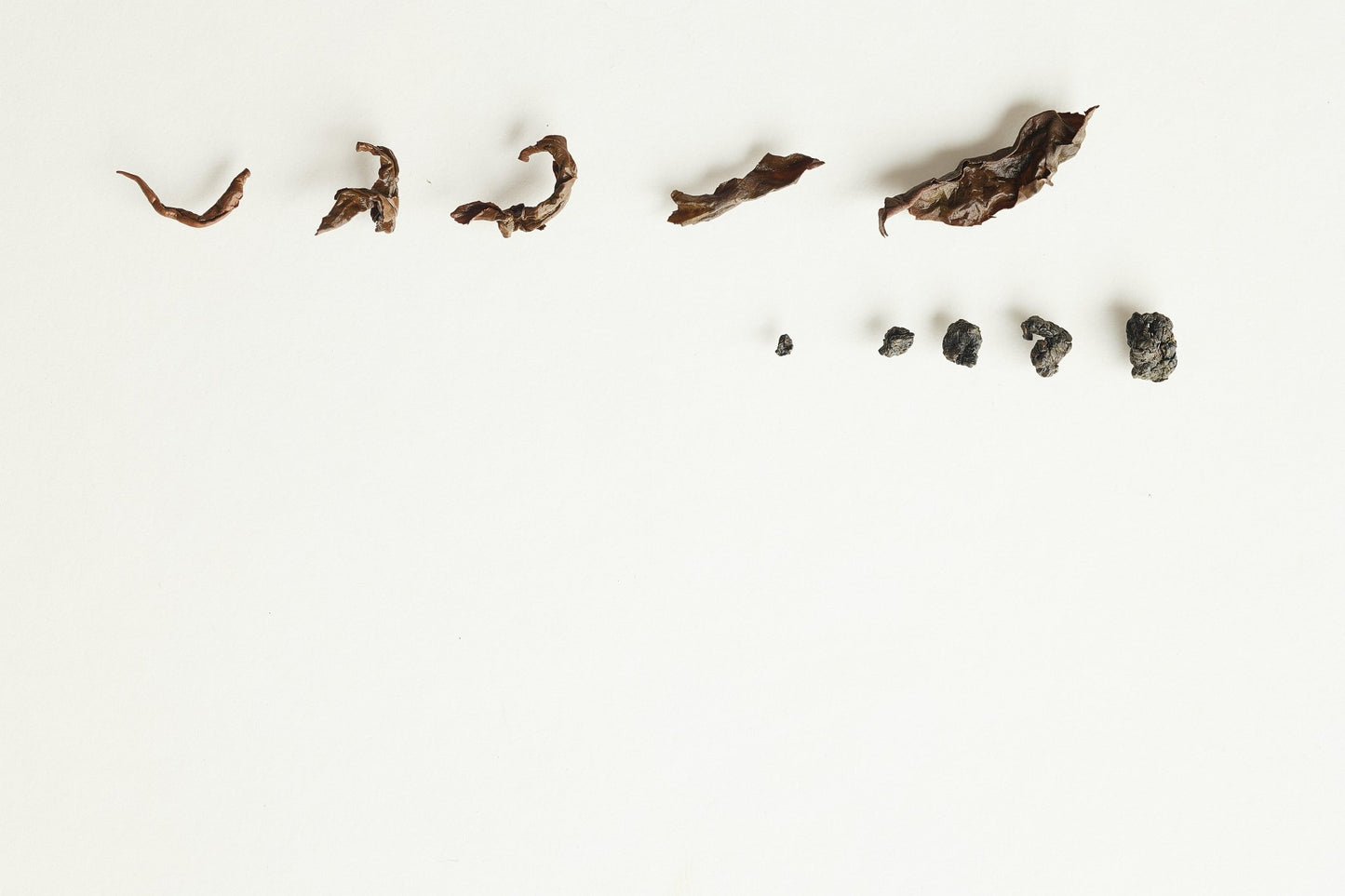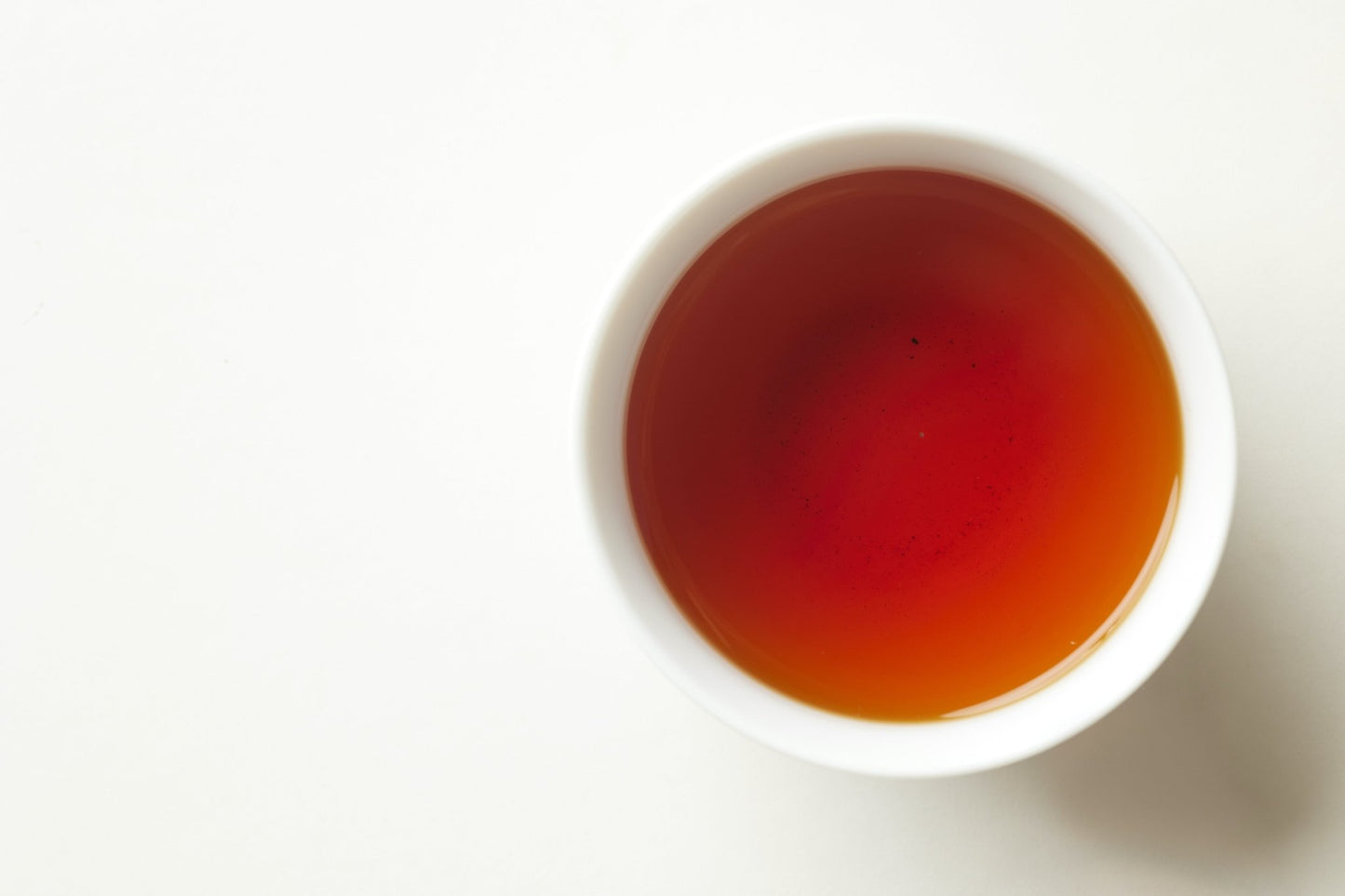teafriend
Red Phoenix Oolong
Red Phoenix Oolong
It has a rich and complex aroma featuring scents of gardenia, rose, lychee, and pineapple, with a concentrated mouthfeel. The tea liquor is delicate and suitable for pure drinking, while its rich and heavy texture pairs well with dishes that have stronger flavors.
One of our favorite varieties is the Da Ye Oolong, a specialty of the Taitung tea region, which is particularly well-suited for making high-oxidized oolong tea and red tea. Our partner, organic tea farmer and tea master Ming, is also a professional taster who believes that good tea garden management is essential for achieving excellent flavor. Under the terroir conditions of Taitung, the Da Ye Oolong thrives, producing red oolong with a unique aroma and charm.
When brewing the same pot of tea, one might experience the lingering aroma of black tea on the palate or the lasting oolong essence in the throat, which is precisely the fun of tasting Red Phoenix.
Couldn't load pickup availability
Share



-
Tea Identity
Origin: Tao Yuan, Taiwan
Cultivar: Qing Xin Da Mou,Jin Xuan (TTES. No.12) and Bai Lu (TTES No.17)
Harvest: October,2023
Partial-Oxidation Level: High
Roast Level: Heavy
Farming Method: Conventional -
How to Store Properly
Store tea in airtight containers such as ceramic, glass, or tin with tight lid. Avoid using plastic containers. Store it in a cool, dark, dry place and keep it away from moisture.
Tea Shelf Life: 6 months after opening -
Brewing Suggestion
Tea Amount: 3~5g per 100ml
Water: 95℃
Gongfu: 45, 35, 50 sec. steeps then +15 seconds to taste
Western: 4~6g per 600ml, 3-5 minutes steeps
-
More about Red Phoenix
Production Features: Heavy withering, stirring, and high oxidation, retaining fruit aromas and the richness of black tea.
Historical Background: The name "Fan Zhu Oolong" originates from the tea export history in 1865, linked to Western trade.
Modern Adjustments: Tea leaves are shaped using a tong qiu machine and precision-roasted to enhance flavor.
Special Cultivar Blend: A unique blend of Qing Xin Da Mou, Jin Xuan (TTES No.12), and Bai Lu (TTES No.17) cultivars, providing distinct aroma and flavor layers, enhancing the tea's overall depth and complexity.




